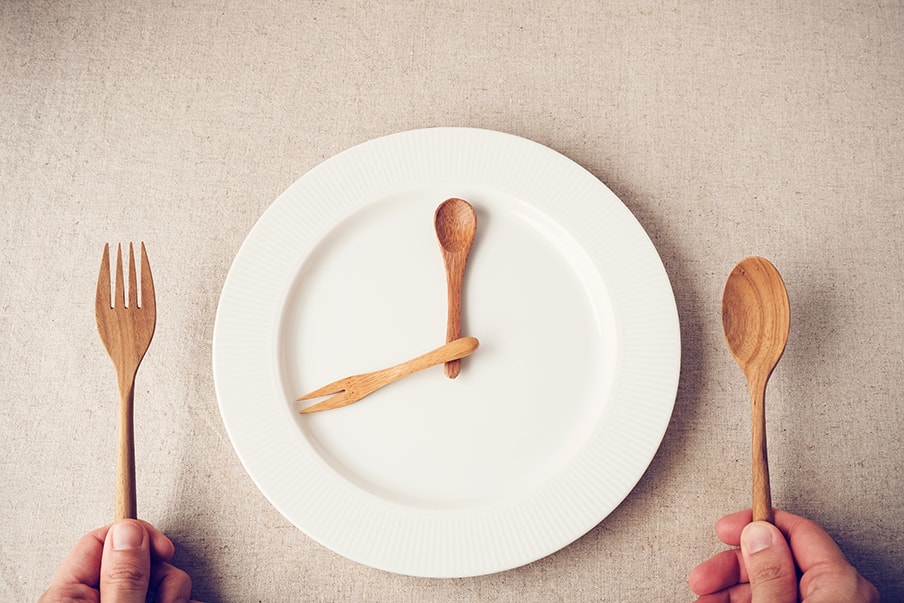
Ramadan – Fasting That’s Also in Fashion
Ramadan is a time for prayers, generosity, and family time. During the holy month it may also be easy to shed a few extra pounds.

Intermittent Fasting During Ramadan
From a physical point of view, Ramadan fasting is similar to intermittent fasting, a trendy dieting pattern that has recently become more popular around the wold. A primary difference between Ramadan fasting and intermittent fasting is that the latter allows drinking water, black coffee, or tea during the day. Eating is limited to a 4-8 hours time window, often in the evenings.
I recently started looking into health benefits of Ramadan and came across an interesting podcast series – about intermittent fasting! In the Intermittent Fasting podcast, authors Gin Stephens and Melanie Avalon discuss interesting things about their experiences and lifestyle. Stephens has published a book called Delay, Don’t Deny: Living an Intermittent Fasting Lifestyle. Melanie Avalon is the author of What When Wine: Lose Weight and Feel Great with Paleo-Style Meals, Intermittent Fasting, and Wine.
Both Stephens and Avalon have one long meal a day during 4 hours in the evening. They basically follow Ramadan fasting as a lifestyle. Melanie Avalon calls her dinners feasts. That’s iftar done every evening, year-round! The authors have lost a lot of weight by intermittent fasting (IF) and have also maintained their goal weights. There has been no calorie counting or special non-fat diet foods involved at any point.
You don’t have to change your eating at all. You only change the hours during when you eat Melanie Avalon
Although, when they describe their dinners, it does sound quite healthy. Lots of vegetables, fish, chicken or meat, some cheese, followed by a mountain of fruits. Desserts, occasionally.
5 Intermittent Fasting Benefits
In the podcast, the two women list 5 top intermittent fasting benefits. Of course, one of them is losing weight. Second is easy weight maintenance: no worrying about gaining the lost pounds back.
The third reason is actually somewhat surprising. Stephens and Avalon say that they experience much higher energy levels during the day compared to old days when they were eating in a traditional way. No afternoon tiredness, no brain fog, says Stephens.
They claim that the energy high is caused by the fasted state of the body. After about 12 hours from the last meal, the body starts to use stored fat as energy, as it’s not getting any energy from food. That is also why – at least after some days of adjustment – a person usually doesn’t feel hungry at all during fasting hours.
The fourth reason is the anti-inflammatory effect of the IF. Fasting reduces the low-level inflammation of the body, something that has been traced as one of the main causes of modern day chronic diseases such as diabetes, heart diseases and some cancers.
The fifth reason is the opportunity to go from fasting to feasting every evening. Stephens and Avalon want to be clear that dinners don’t mean binge-eating bonanzas. Their iftar is simply an enjoyable, big meal where no foods are off-limits. Both of them want to go to bed feeling satisfied and fueled up, ready to continue the fast in the morning.
Next week we’re putting together ideas for iftars: healthy Ramadan or IF dinners. Stay tuned!
